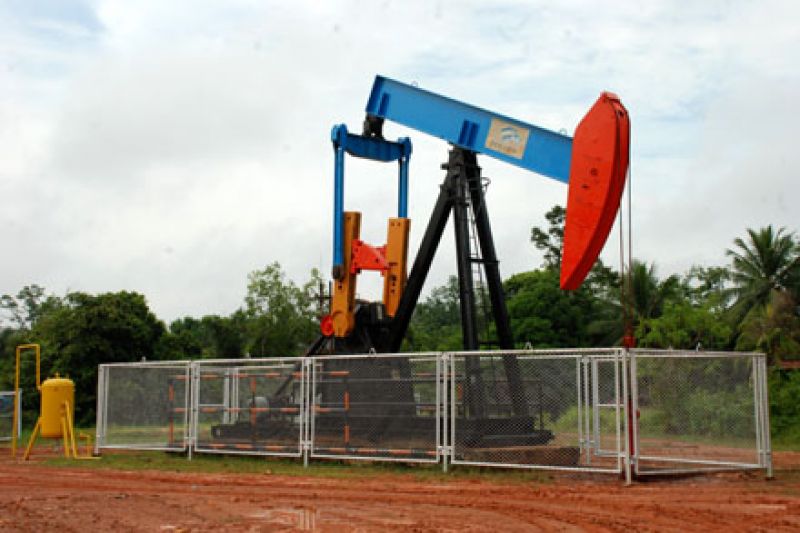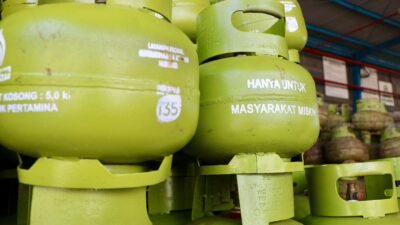Indonesia, once a major oil exporter in Southeast Asia, has seen a dramatic decline in crude oil production over the past two decades. However, recent developments hint at a potential revival. With strategic reforms, fresh investments, and rising global demand, Indonesia’s oil products may finally be ready for a strong comeback.
The Past: What Went Wrong?
Once a member of the Organization of the Petroleum Exporting Countries (OPEC), Indonesia exited the group in 2016 after becoming a net oil importer. Several factors contributed to the decline—aging oil fields, limited exploration, regulatory bottlenecks, and underinvestment in upstream activities.
As a result, domestic refineries struggled to meet growing demand, forcing the country to rely heavily on imports. This shift not only strained Indonesia’s trade balance but also weakened its energy independence.
The Turning Point: A New Strategy
Recently, the Indonesian government has taken decisive steps to reverse the downward trend. Through its state-owned energy giant Pertamina, Indonesia is ramping up investments in exploration, refinery upgrades, and oil infrastructure.
In addition, regulatory changes are attracting global oil players back into the Indonesian market. These reforms include better profit-sharing contracts and streamlined permitting processes. As a result, investor confidence is slowly being restored.
Current Developments: Signs of a Rebound
Several new oil blocks have already been auctioned off, and drilling activity has begun to increase. Notably, Indonesia’s upstream oil and gas regulator, SKK Migas, has set an ambitious target to produce 1 million barrels of oil per day by 2030. While the goal is bold, early indicators are promising.
Pertamina has also expanded its downstream operations. New refinery projects such as the Balikpapan and Tuban upgrades are expected to significantly boost domestic processing capacity. These investments could reduce dependence on imported fuel and restore balance to the country’s energy trade.
Global Demand: The Right Time to Re-enter
With global oil demand recovering post-pandemic, the timing of Indonesia’s oil resurgence couldn’t be better. Many countries are looking to diversify their energy sources, especially in light of recent geopolitical tensions affecting oil supply chains.
Indonesia, with its strategic location and untapped reserves, stands in a strong position to meet regional demand. Moreover, local production reduces exposure to global price volatility, making energy more affordable for Indonesians.
Challenges Ahead: The Road Is Not Easy
Despite the optimism, challenges remain. Environmental concerns, shifting global energy policies, and competition from renewable sources could affect the long-term sustainability of fossil fuel projects.
Therefore, Indonesia must balance its oil ambitions with green energy goals. A smart energy mix, supported by both fossil fuels and renewables, is the key to long-term energy security.
Conclusion: A Hopeful Future for RI Oil
Indonesia’s petroleum products industry is showing signs of life. With supportive policies, increased investment, and renewed exploration, the dream of energy self-sufficiency is no longer far-fetched.
If momentum continues, Indonesia could once again play a vital role in the regional oil market—this time with smarter strategies, cleaner technologies, and a more sustainable vision.









